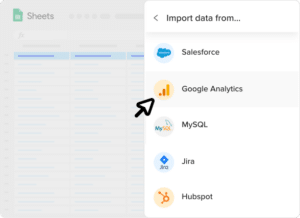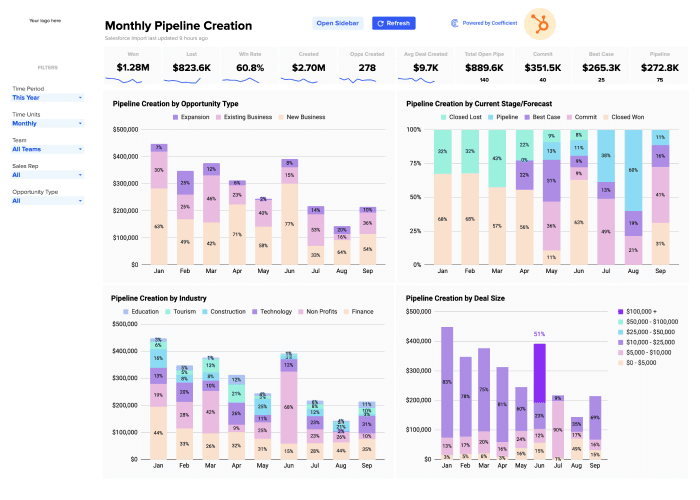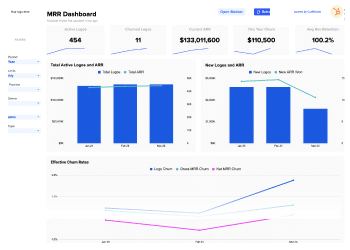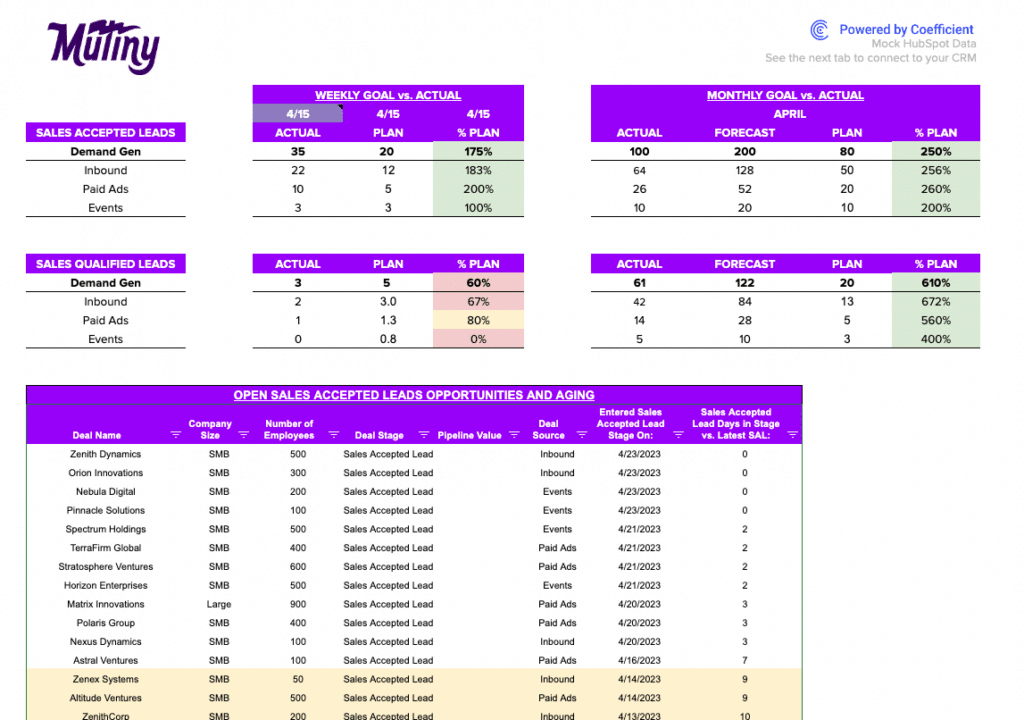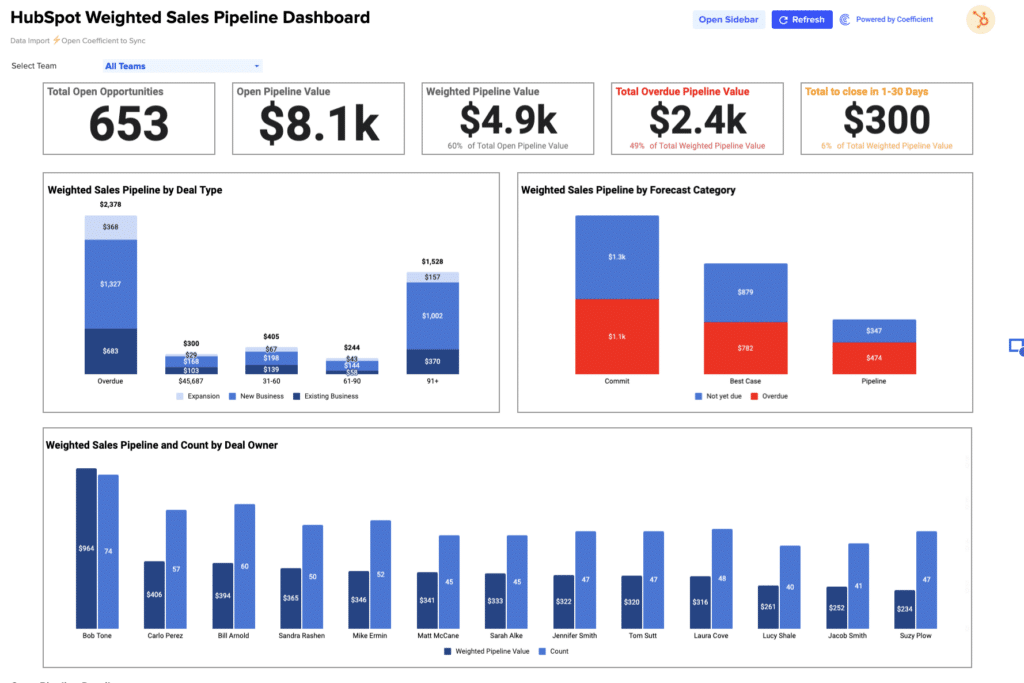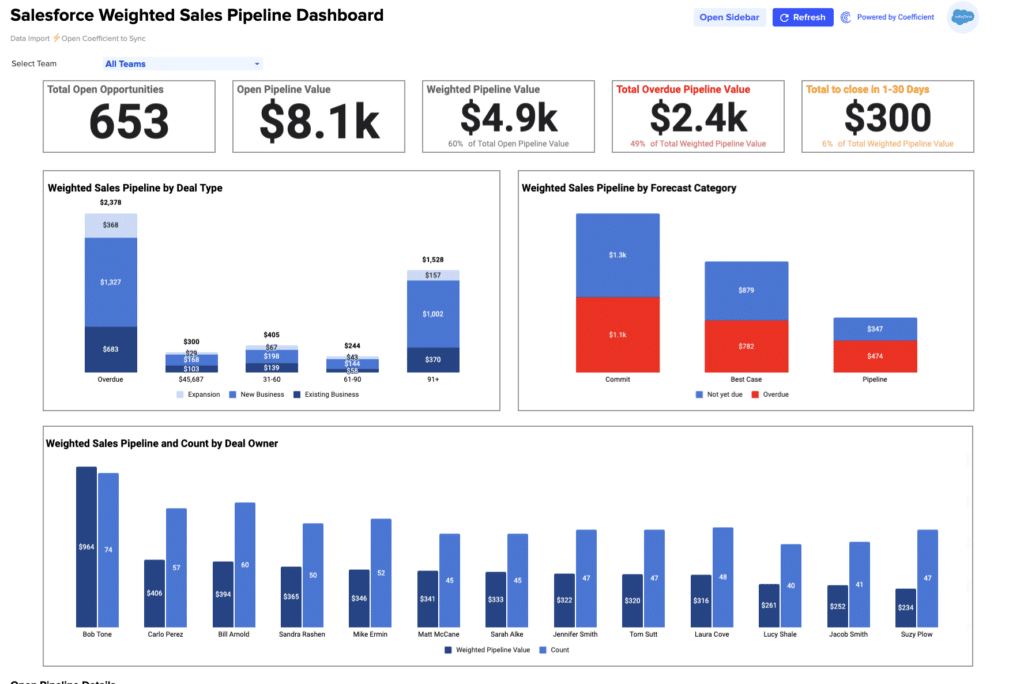Customer Return Rate = (Number of Customers Who Have Made More than One Purchase / Total Number of Customers) * 100
Unlock the Power of Repeat Business with Our Customer Return Rate Calculator
In the fast-paced world of retail and e-commerce, understanding your customer return rate is not just about numbers – it’s about recognizing the health of your customer relationships and the effectiveness of your retention strategies.
Why Our Calculator is a Game-Changer:
- Forget about tedious manual calculations of your customer return rate!
- Seamlessly integrate this calculator directly into your CRM or sales analysis tools.
- Customization options are available to align perfectly with your business insights needs.
Expressed as a percentage, this formula gives you a straightforward insight into the proportion of your customers who find value in your offerings enough to make a repeat purchase.
Calculation Guide: Navigating Through the Customer Return Rate Calculation
- Identify Repeat Customers: Count the number of customers who have made more than one purchase during the specified timeframe.
- Total Customer Count: Calculate the total number of unique customers who have made at least one purchase in the same period.
- Calculate the Rate: Divide the number of repeat customers by the total number of customers, then multiply by 100 to convert it into a percentage.
KPI Overview: The Importance of Customer Return Rate
Customer Return Rate is a testament to customer loyalty, satisfaction, and the overall appeal of your products or services. It is an invaluable metric that signals the success of your customer retention strategies and indicates potential areas for improvement in your customer engagement approaches.
The Strategic Value of the Customer Return Rate
- Loyalty Measurement: It acts as a direct indicator of how loyal your customers are.
- Feedback Loop: High or improving return rates can affirm the effectiveness of your product quality, customer service, and overall strategy.
- Predictive Insight: Understanding this rate helps predict future sales and aids in inventory planning.
Real-world Example: Enhancing Strategy with Customer Return Rate Insights
Consider a boutique clothing store with a customer return rate of 20%. By analyzing specific customer feedback and purchase behavior, they implement a personalized marketing campaign focusing on high-return customers, raising the rate to 35%. This approach not only boosts sales but also enhances customer satisfaction and loyalty.
Top Strategies for Improving Your Customer Return Rate:
- Personalization: Utilize customer data to offer personalized shopping experiences.
- Quality Assurance: Consistently review and improve product quality.
- Engagement: Implement loyalty programs that encourage repeat purchases.
- Feedback Loop: Actively seek and incorporate customer feedback.
- After-Sale Service: Offer exceptional after-sale support to leave a lasting positive impression.
Detailed Tutorial: Measuring Customer Return Rate in Google Sheets
- Title cell A1 as “Repeat Customers” and enter the count in cell A2.
- Title cell B1 as “Total Customers” and input the total in cell B2.
- In cell A3, label it “Customer Return Rate (%)”.
- Insert the formula `=(A2/B2)*100` into cell A4.
- After pressing Enter, cell A4 displays your Customer Return Rate, expressed as a percentage.
Considerations and Limitations
While the customer return rate provides significant insights, it is crucial to consider it alongside other metrics like Customer Lifetime Value (CLV) for a fuller picture. Seasonal variations and market trends might also impact the rate.
When to Utilize the Customer Return Rate
- Evaluating the effectiveness of loyalty programs.
- Planning targeted marketing campaigns.
- Adjusting product or service offerings based on customer feedback.
- Periodic assessment of customer relationship health.




